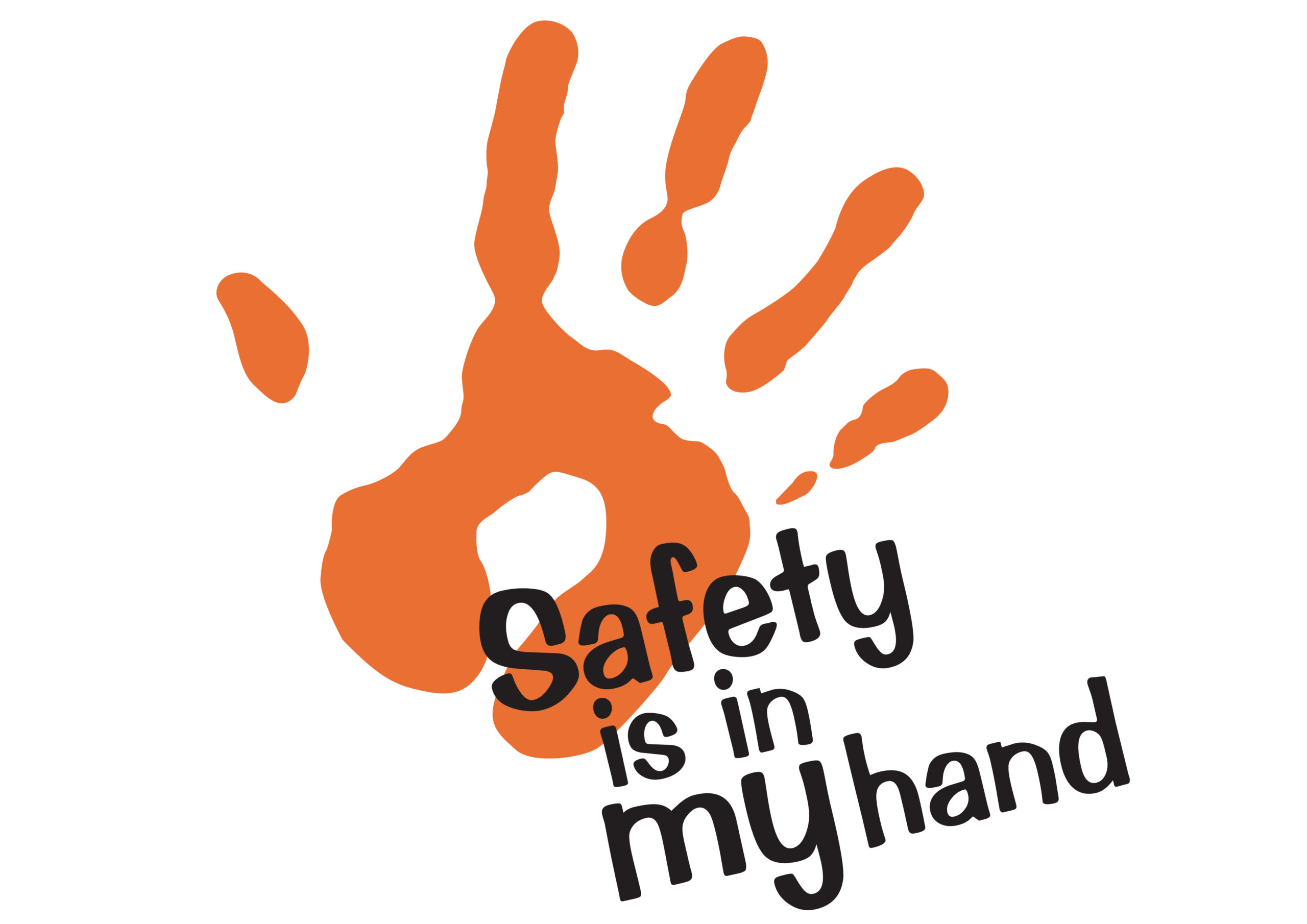Things you need to know about safety at home

Okay, here are a few key points about home safety that you may want to consider:
- Fire safety: Ensure you have working smoke detectors, keep flammable materials away from heat sources, and have a fire extinguisher easily accessible.
- Electrical safety: Avoid overloading outlets, inspect cords for damage, and ensure proper grounding of electrical devices.
- Falls prevention: Install handrails on staircases, use non-slip mats in bathrooms, and keep floors clutter-free.
- Child-proofing: Use safety gates, cabinet locks, and cover sharp edges to protect young children from potential hazards.
- Emergency preparedness: Have a well-stocked first-aid kit, know how to turn off utilities, and have an emergency plan in case of natural disasters or power outages.
- Hazardous materials: Store cleaning products, medications, and other chemicals securely and out of reach of children.
- Home security: Install sturdy locks on doors and windows, and consider a home security system if needed.
Fire Safety:
- Install smoke detectors on every level of your home and inside and outside bedrooms
- Test smoke detectors monthly and replace batteries twice a year
- Keep a fire extinguisher in the kitchen and know how to use it
- Create and practice a fire escape plan with your family
- Never leave cooking food unattended on the stove
- Don’t overload electrical outlets or use damaged cords
- Keep flammable items like curtains, papers, and clothes away from heat sources
Electrical Safety:
- Avoid running electrical cords under carpets or across doorways
- Use outlet covers to protect young children from shocks
- Replace any damaged or loose electrical outlets and switches
- Unplug appliances when not in use to save energy and prevent fires
Falls Prevention:
- Install handrails on both sides of all staircases
- Use non-slip mats or strips in the bathtub and shower
- Ensure good lighting in hallways, stairs, and other walkways
- Remove tripping hazards like loose rugs and clutter
Child-Proofing:
- Use safety gates at the top and bottom of stairs
- Install cabinet and drawer locks to keep cleaning products and medications out of reach
- Cover sharp corners and edges with padding
- Secure TVs and furniture to the wall to prevent tipping
Emergency Preparedness:
- Stock a first-aid kit with bandages, antiseptic, medications, etc.
- Know how to turn off the main water, electricity, and gas lines
- Create a family emergency plan and practice evacuation drills
Let me know if you need any clarification or have additional questions about home safety!
